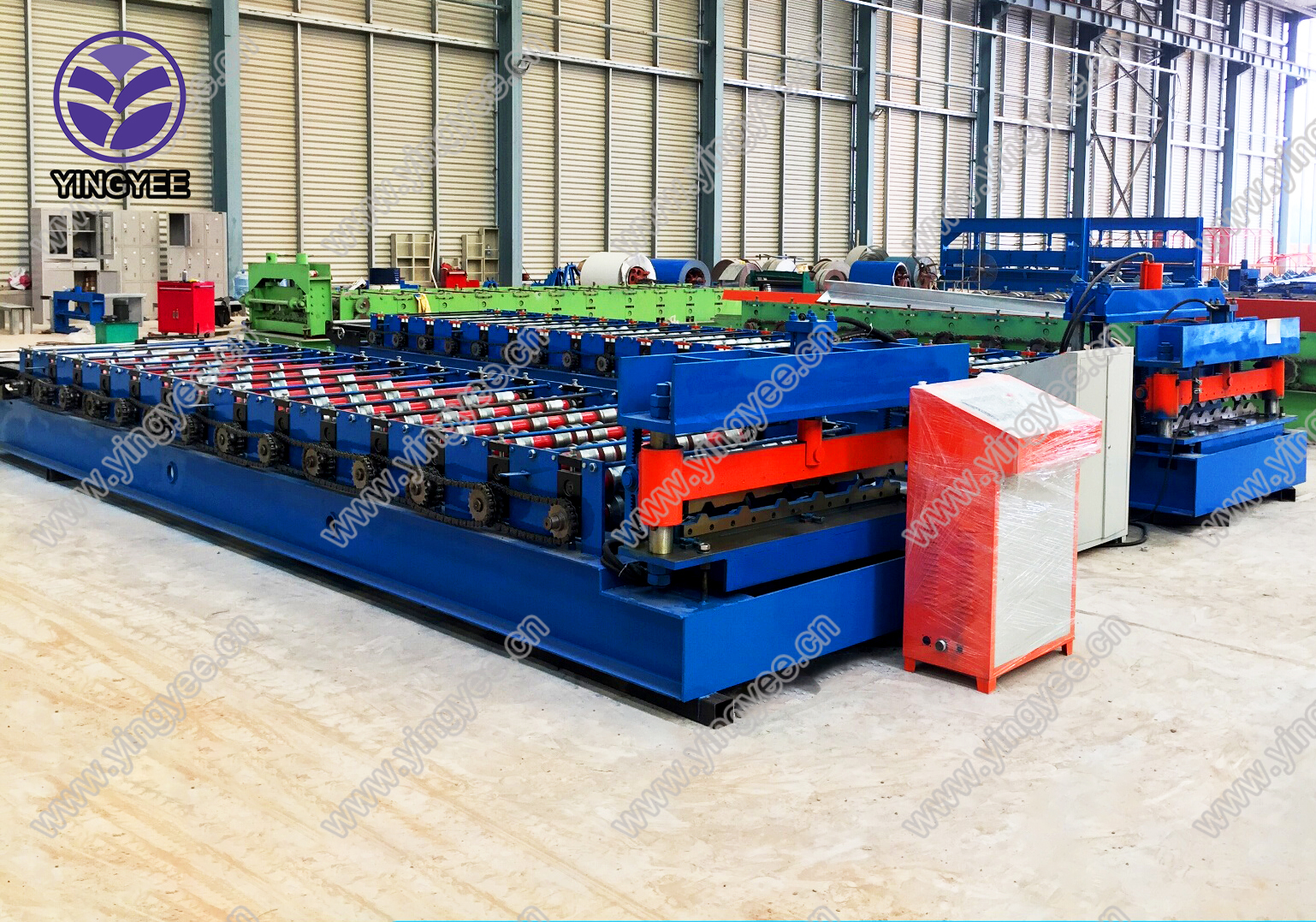
The Evolution and Importance of Drywall Forming Machines
In an era where building processes are becoming increasingly efficient and streamlined, drywall forming machines have emerged as a cornerstone technology in the construction industry. These specialized machines are designed to automate the production of drywall, also known as gypsum board or plasterboard, which is commonly used for interior walls and ceilings. This article explores the evolution, functionality, and significance of drywall forming machines.
The Evolution of Drywall Manufacturing
Historically, drywall was hand-crafted, a labor-intensive process that required significant time and expertise. However, with the advent of drywall forming machines, the production process has transformed dramatically. The first machines were introduced in the mid-20th century, coinciding with the rapid growth of modern construction techniques. These machines not only expedited the production rate but also ensured consistent quality, paving the way for widespread adoption in residential and commercial buildings alike.
As technology has advanced, so too have drywall forming machines. Early models were relatively simple, performing basic extrusion functions. Today’s machines are equipped with sophisticated features, including computer numerical control (CNC) capabilities, which enable precise measurements and cuts. This level of automation reduces human error and increases overall productivity, allowing manufacturers to meet high demand without compromising quality.
How Drywall Forming Machines Work
Drywall forming machines typically operate through a multi-step process that involves mixing raw materials, shaping the mixture, and then drying it to create the final product. The key components of these machines include
1. Material Preparation The primary raw material for drywall is gypsum, which is mixed with water and additives to achieve the desired properties. The forming machine often includes a mixer that ensures the materials are homogenized.

2. Forming Process Once the material is ready, it is fed into the forming section of the machine. Here, the mixture is shaped into continuous boards via a series of rollers or molds. The automation at this stage allows for uniform thickness and width across the production line.
3. Setting and Drying After forming, the boards must be set and dried. Many machines feature integrated drying chambers that use heat to remove moisture, which is crucial for achieving the final strength and durability of the drywall.
4. Cutting and Packaging The last step involves cutting the boards into specified lengths and packaging them for distribution. Automated cutting systems ensure that each board is cut accurately, minimizing waste and optimizing resources.
The Importance of Drywall Forming Machines
The significance of drywall forming machines extends beyond mere efficiency. They play a vital role in promoting sustainability in construction. By reducing waste and allowing for the recycling of materials, these machines contribute to environmentally friendly building practices. Moreover, their ability to produce drywall on-demand helps to minimize inventory costs and reduces the carbon footprint associated with transporting materials.
Furthermore, as the construction industry continues to evolve, drywall forming machines are adapting to meet new challenges. Innovations such as eco-friendly materials and energy-efficient designs are becoming standard features, addressing the growing demand for sustainable construction solutions.
In conclusion, drywall forming machines represent a critical advancement in the construction industry. Their evolution has transformed drywall production from a labor-intensive task to a high-precision automated process. As technology progresses, these machines will continue to enhance the efficiency and sustainability of construction practices, making them indispensable tools for builders around the globe. Whether for residential or commercial projects, drywall forming machines are set to play a pivotal role in shaping the future of construction.